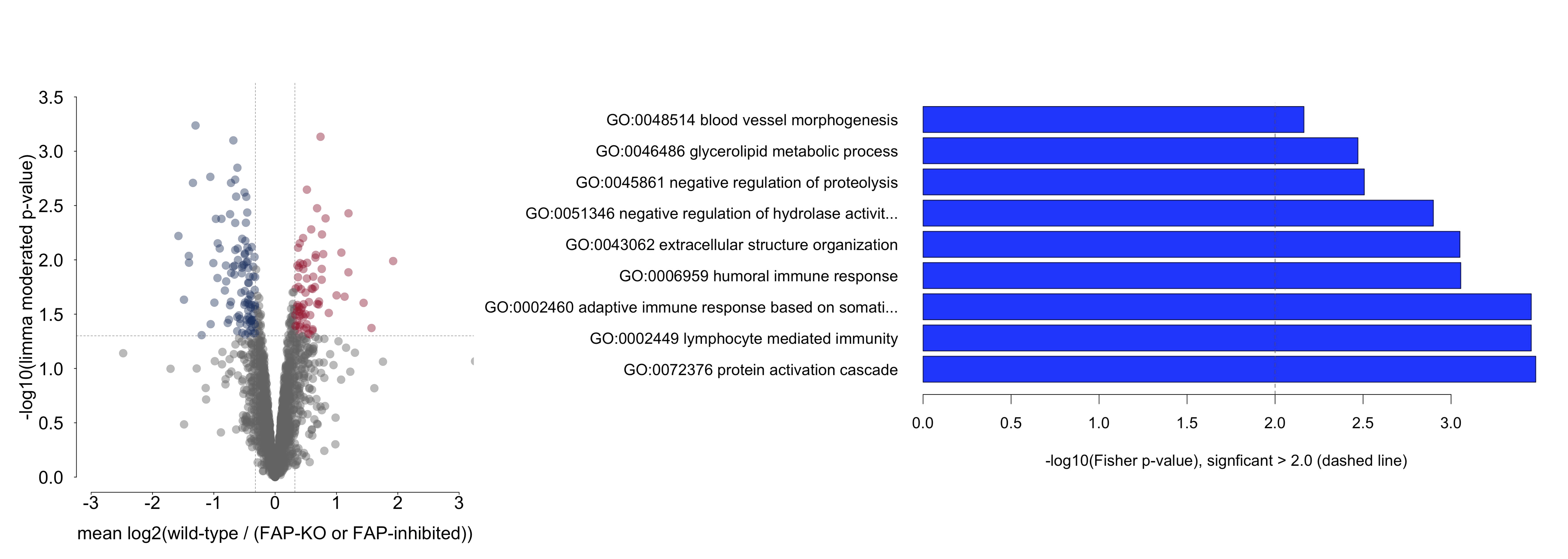P10: Exopeptidases in cell communication
N-terminal processing by dipeptidyl peptidases (PI Oliver Schilling)
Dipeptidyl peptidases (DPPs) are a small family of cytosolic or cell-surface / shed proteases. DPPs act N-terminally on their substrates as exo-dipeptidases that preferentially cleave after proline residues. Unlike many other proteases, DDPs do not require zymogen activation. DPPs are involved in a large number of pathophysiological processes. However, their actual substrates and cleavage products have remained largely unknown, which has hindered a deeper mechanistic appreciation of DPP biology. Over the last decade, mass-spectrometry based proteomics has emerged as a powerful tool to establish protease substrate repertoires; a technology portfolio that is often referred to as “degradomics”. Here, we will use degradomics approaches to better understand DPP biology by identifying DPP substrates.
ProtPath offers two topics for doctoral work on DPP degradomics
1) Targeted degradomics of DPP activity
A bioinformatic survey has identified a large number of potential DPP processing sites in numerous secreted proteins, matrisome components, and chemokines. Using in vitro systems with altered activity of individual or multiple DPPs, we will employ targeted proteomics (single reaction monitoring, SRM or parallel reaction monitoring, PRM) for the hypothesis-driven probing of large sets of putative DPP cleavage sites. For selected cleavage products, their putatively altered activity will be investigated by biochemical and cell biological means.

Principles of targeted proteomics by single reaction monitoring (SRM ) or parallel reaction monitoring (PRM)
2) Fibroblast activation protein (FAP)α in wound healing
FAPα is a cell-surface DPP that is also present in a shed form. It is predominantly expressed by activated fibroblasts, e.g. in wound healing. Preliminary studies have indicated an impact of FAPα on wound healing, also on the proteomic level. We will further explore the role of FAPα in wound healing with a special focus on FAPα substrates and cleavage products, which will be identified by explorative degradomics and for which we will also investigate the functional consequence of proteolytic truncation.


